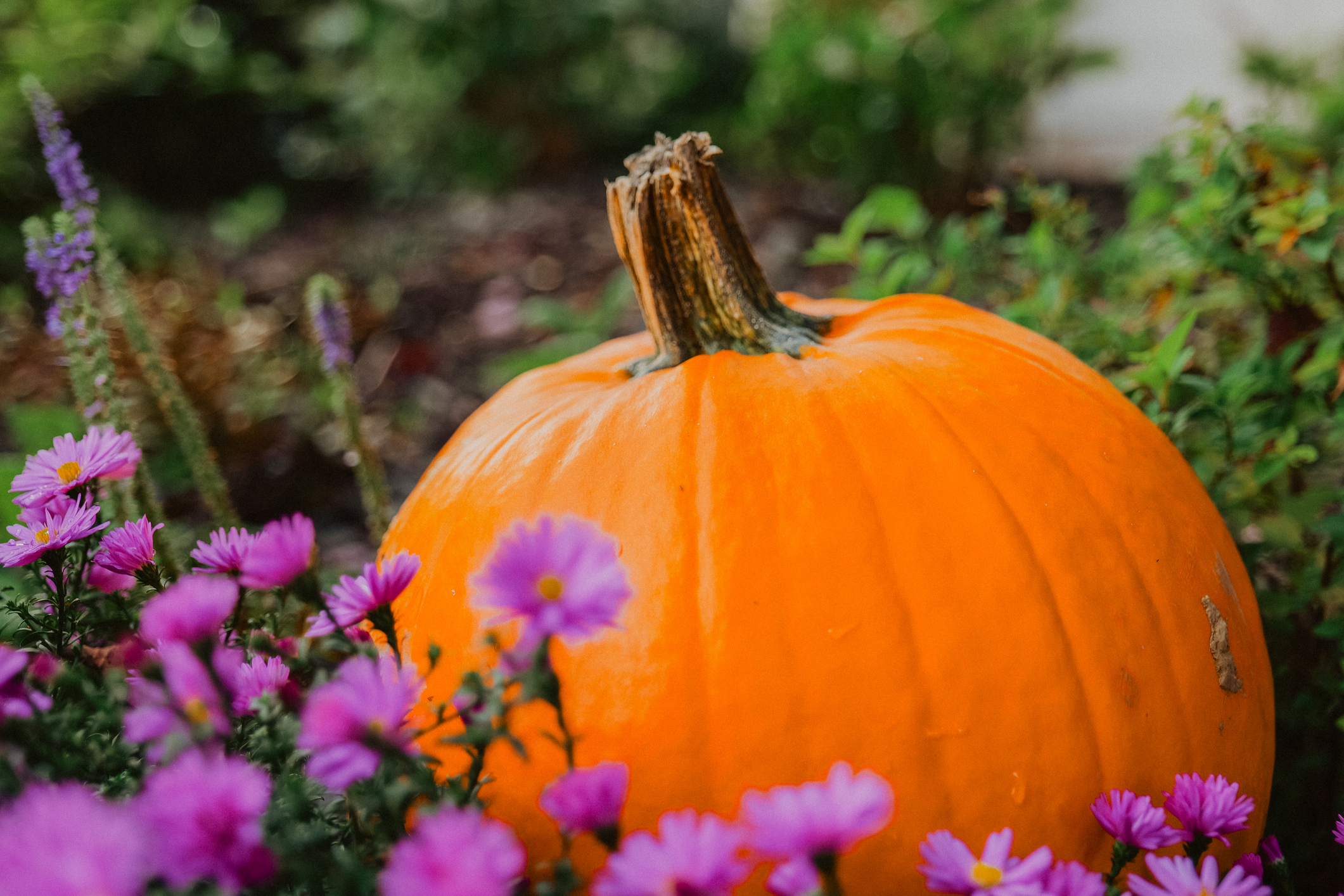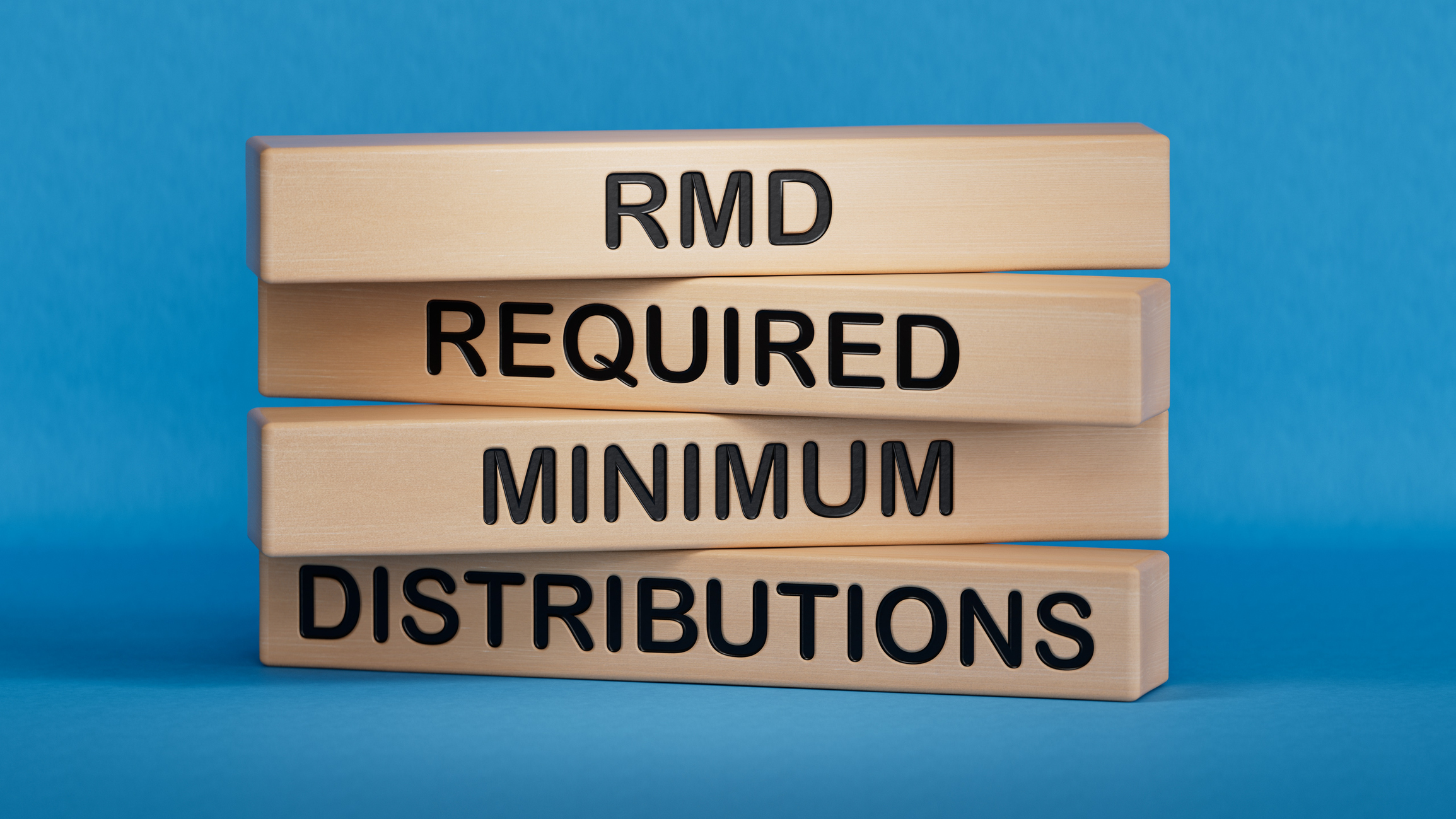The Fall Garden Tax? What to Plant and How to Prepare
Fall gardening could increase your taxes this season. Here’s what to know while planting in 2025.


Some may look forward to gardening in autumn. Crisper days, cozier mornings, and generally cooler temperatures are just a few benefits of fall gardening. But while spring and summer have a plethora of plants to choose from, what do you plant in a fall garden?
There’s actually a large selection. From seasonal classics like mums and carrots, to early spring blooms for those who like to look ahead.
But as you go about planting this season, watch out: A few garden improvements may be subject to a “fall garden tax” and increase your property tax bill.
From just $107.88 $24.99 for Kiplinger Personal Finance
Be a smarter, better informed investor.

Sign up for Kiplinger’s Free Newsletters
Profit and prosper with the best of expert advice on investing, taxes, retirement, personal finance and more - straight to your e-mail.
Profit and prosper with the best of expert advice - straight to your e-mail.
Here’s more of what you need to know while preparing your fall garden — and how it might affect your taxes.
Fall garden plants for 2025: What to plant in August and September
Before we get into taxes, let’s talk plants. Namely, what should you plant in August and September?
While the first day of autumn in 2025 is Monday, September 22nd, you’ll want to factor in The Old Farmer’s Almanac frost schedule when sowing.
Many quick-maturing plants require about six to eight weeks to grow before the first frost date is expected in your area.
This will likely mean you’re too late to start planting pumpkins in time for Halloween. But here are a few examples of what you may be able to plant in August or September, depending on where you live:
- Leafy greens, like lettuce, spinach, kale, and arugula.
- Root vegetables, like carrots, beets, and turnips.
- Flowers like mums, pansies, and violas.
- Other veggies like broccoli, cabbage, and peas.
You can also get a head start on early spring gardening. Perennial bulbs, such as daffodils and tulips, may be planted in September before the ground freezes.
However, various weather phenomena, including droughts, rainstorms, and early frosts, can affect your planting season, as can soil hardiness and microclimates. So you may want to chat with a gardener at your local garden store for tailored guidance.
Plant projects for the fall garden could increase property taxes
Unfortunately, what you do in the fall garden might have tax consequences.
That’s because your home’s property tax bill is assessed based on the original cost you paid for your house plus any improvements or additions (with a periodic reassessment completed by the applicable municipality).
While “improvements” are often renovations on your home’s structure, fall garden landscapes can also contribute to your overall property tax liability if they increase the assessed value of your home.
- For instance, the American Society of Landscape Architects (ASLA) reports that you can get a 15% to 20% increase on your home price through landscaping investments.*
- Investing in your landscape through fall garden projects may impact your property tax bill if your home’s value is affected.
- We refer to this phenomenon as the “fall garden tax.”

Popular fall flowers for autumn gardens include chrysanthemums, asters, goldenrod, and sedum. However, August is typically too late to start planting pumpkins.
*Your home’s tax basis and market value are distinct concepts. However, both may be impacted by home improvements and affect the overall assessed value of your home. For more information, check out Kiplinger’s report, Tax-Deductible Home Improvements for Retirement.
Fall garden ideas and the ‘fall garden tax’
Several fall garden ideas can increase your home’s assessed value, thus potentially contributing to a higher property tax bill. Here are a few examples:
- “Hardscaping” or adding permanent structures to your fall garden, like a patio, fence, or retaining wall.
- Elaborate garden layouts, or those that include the installation of an irrigation system.
- Mature trees, particularly if they “add value” in your area. A common example of a fall garden tree is one that produces apples or pears.
Property tax assessors may look for improvements that impact the market value of the home. While the above-listed projects could increase market value, that’s not always the case, and you may want to consult with a tax professional on the specifics of your fall garden project if you think your property tax liability might be impacted.
See also: How to Reduce Your Property Tax.
Fall gardening: What should I plant in 2025?
If you want to avoid increasing your property tax bill while you focus on your fall garden, here are some tax-friendly ideas:
- Stick with seasonal annuals. Common varieties may include marigolds, pansies, mums, and sunflowers.
- Plant perennials. Aster, goldenrod, coneflowers, and phlox are popular this time of year.
- Don’t forget your decorative plants. Pumpkins, gourds, and squashes can add a pop of color, especially if most of your garden growth is underground.
Where you live can greatly impact what is considered a taxable landscaping “improvement” for property tax purposes.
For example, planting mature orange trees in Florida might increase your property tax bill in the Sunshine State, but not in, say, Colorado. So check out your neighbor’s lawn to get a slightly better idea of what could hike your home’s assessed value — you never know until you look!
More Home Ideas
Profit and prosper with the best of Kiplinger's advice on investing, taxes, retirement, personal finance and much more. Delivered daily. Enter your email in the box and click Sign Me Up.

Kate is a CPA with experience in audit and technology. As a Tax Writer at Kiplinger, Kate believes that tax and finance news should meet people where they are today, across cultural, educational, and disciplinary backgrounds.
-
 Don't Waste Your Money on Bad Gifts. Try This Instead.
Don't Waste Your Money on Bad Gifts. Try This Instead.Holiday Happiness These strategies, backed by behavioral finance, can help you find presents that your loved ones will truly enjoy.
-
 5 Unique Book-Inspired Trips Across America
5 Unique Book-Inspired Trips Across AmericaThere are five great trips to take across America that can immerse you in the culture of your favourite books.
-
 Capital Gains Tax Quiz: How Well Do You Really Know IRS Investment Tax Rules?
Capital Gains Tax Quiz: How Well Do You Really Know IRS Investment Tax Rules?Quiz Take our capital gains tax quiz to test your investment taxes knowledge. Learn about loss rules, holding periods, and tax incentives that could impact your savings.
-
 6 Tax Reasons to Convert Your IRA to a Roth (and When You Shouldn't)
6 Tax Reasons to Convert Your IRA to a Roth (and When You Shouldn't)Retirement Taxes Here’s how converting your traditional retirement account to a Roth IRA can boost your nest egg — but avoid these costly scenarios.
-
 Could Tax Savings Make a 50-Year Mortgage Worth It?
Could Tax Savings Make a 50-Year Mortgage Worth It?Buying a Home The 50-year mortgage proposal by Trump aims to address the housing affordability crisis with lower monthly mortgage payments. But what does that mean for your taxes?
-
 3 Ways High-Income Earners Can Maximize Their Charitable Donations in 2025
3 Ways High-Income Earners Can Maximize Their Charitable Donations in 2025Tax Deductions New charitable giving tax rules will soon lower your deduction for donations to charity — here’s what you should do now.
-
 An HSA Sounds Great for Taxes: Here’s Why It Might Not Be Right for You
An HSA Sounds Great for Taxes: Here’s Why It Might Not Be Right for YouHealth Savings Even with the promise of ‘triple tax benefits,’ a health savings account might not be the best health plan option for everyone.
-
 New RMD Rules: Can You Pass This Retirement Distributions Tax Quiz?
New RMD Rules: Can You Pass This Retirement Distributions Tax Quiz?Quiz Take our RMD quiz to test your retirement tax knowledge. Learn about RMD rules, IRS deadlines, and tax penalties that could shrink your savings.
-
 10 Retirement Tax Plan Moves to Make Before December 31
10 Retirement Tax Plan Moves to Make Before December 31Retirement Taxes Proactively reviewing your health coverage, RMDs and IRAs can lower retirement taxes in 2025 and 2026. Here’s how.
-
 When to Hire a Tax Pro: The Age Most Americans Switch to a CPA
When to Hire a Tax Pro: The Age Most Americans Switch to a CPATax Tips Taxpayers may outsource their financial stress by a specific age. Find out when you should hire a tax preparer.